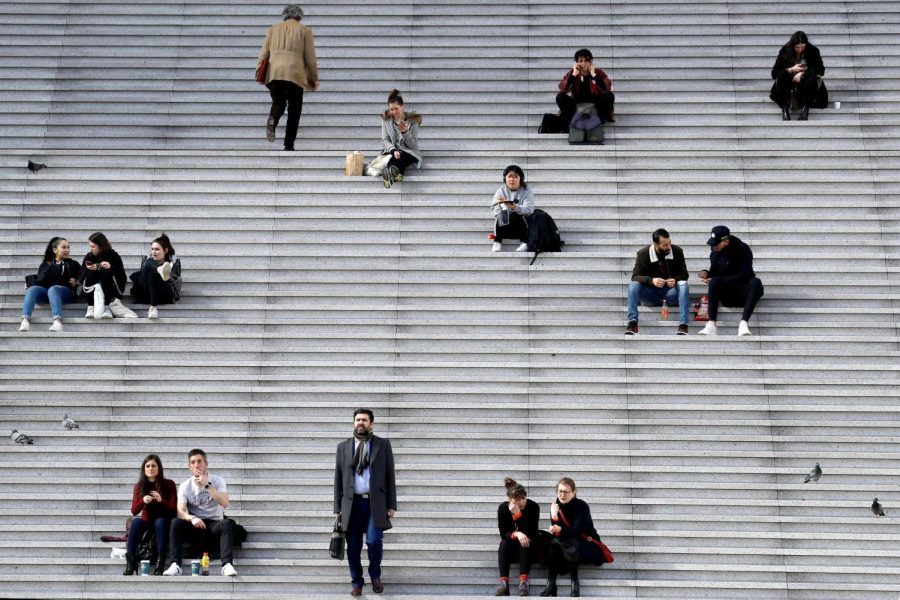The Importance of Social Distancing
By now, we have all heard a lot about the severity of COVID-19. Whether you take that with a grain of salt or are very anxious about the virus, research shows that it is not going anywhere any time soon.
With the media and medical professionals taking hold of the issue, and with social media playing a big factor, social distancing has become an everyday phrase. As a young college student, social distancing didn’t seem relevant to me at first – or worth taking seriously – but now I feel that it is more important than ever, since that’s our main weapon in reducing the spread of the virus.
Critics of social distancing argue that even with nearly everyone staying at home, the number of COVID-19 cases continues to rise, along with the curve. The curve is a representation of cases of the disease, related to time and hospital capacity.
The higher the curve, the less hospitals are able to manage patient needs. Some critics of social distancing don’t see the seriousness of the virus and have the “it won’t happen to me” mentality. Some believe it’s more important to keep the economy going, rather than businesses being forced to reduce their staffs or close altogether.
One thing critics don’t realize is that the R0 for COVID-19 (a scientific term that tells how contagious a disease is) lies between 2-3, which means that each person with the virus could infect 2.5 people that have no immunity to it, which is everyone since there is currently no vaccine.
COVID-19 has a much lower R0 number than smallpox (6) and measles (15), but both of those diseases today are virtually non-existent due to vaccinations. Although the COVID-19 R0 statistic doesn’t sound unmanageable, another factor for COVID-19 is presymptomatic transmission, which means that a person can have the virus for two weeks without any symptoms.
In those two weeks, a person not practicing social distancing could end up potentially spreading the virus to thousands of people.
For those concerned about the business end, even if you keep plugging away like nothing is happening, eventually your employees most likely will contract the virus, making them unable to work due to the symptoms, plus they will be prohibited from reporting to work. So in the grand scheme, you might as well social distance and reduce the cases, rather than not and still have to be at home due to the virus in the end.
Drs. Anthony Fauci and Nadine Burke are among the prominent figures during the COVID-19 crisis, analyzing the data and updating the public. They say that our efforts at social distancing are very aggressive, but that they need to stay aggressive to avoid the 100,000-200,000 deaths that several health organizations have predicted for the United States if aggressive measures are not continued.
Current data in a local county near me in Pennsylvania backs up the argument that social distancing is working. On April 1, Allegheny County had 31 cases. Cases increased significantly on April 4 to 76, but dropped back down to 31 on April 8.
“We’re cautiously optimistic that we’re seeing some positive results (due to social distancing),” Rich Fitzgerald, an Allegheny County official, said in a news conference.
Without social distancing measures, who knows what state the world would currently be in?
Even though the state we’re in right now can be lonesome and frustrating, you can see from the numbers, as well as testimony from leading researchers, that social distancing is working, but it isn’t a quick one-and-done step.
Social distancing is going to have to be very tight right now and remain constant, but not as aggressive once the virus is under control. The main goal is to reduce the curve, not only to help citizens, but also to reduce potential overflow at hospitals.
Social distancing helps address both of these issues.





